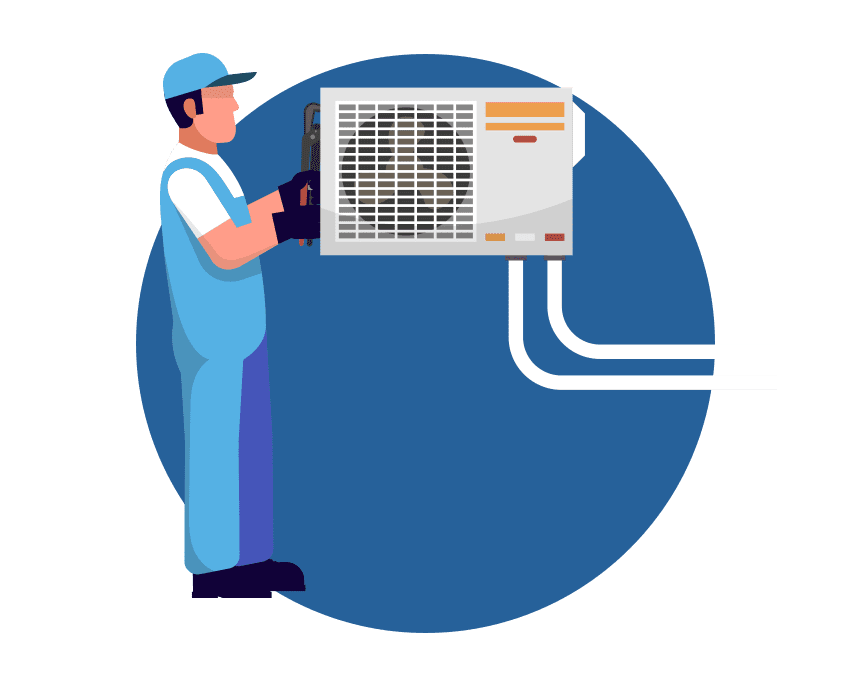
We help you determine if poor indoor air quality is putting you and those around you at risk of health issues. If a potential problem is found, we offer recommendations to manage, monitor, and resolve it in accordance with the highest-quality industry standards.
Indoor Air Quality (IAQ) refers to the overall quality of air within and around buildings. It can be affected by temperature, humidity, ventilation, and the presence of chemical or biological contaminants. According to the EPA, poor indoor air quality is ranked as one of the top 5 environmental risks to public health. Common symptoms of poor indoor air quality include:





Our services follow the most current industry standards, including ASTM standards relating to indoor air quality, SMACNA’s IAQ Guidelines for Occupied Buildings Under Construction (a common requirement for LEED certification), and ASHRAE’s standard 62.
Air pollution from dust and other kinds of particulate matter (PM) is a widespread health hazard, especially near roadways and construction sites, and is one of the leading environmental health threats to children, elders, and people with sensitive respiratory systems.
Dust is categorized by the US Environmental Protection Agency (EPA) as “inhalable coarse particles,” which are microscopic solids that can penetrate deep into the lungs. The size of the dust and particulate matter is directly linked to the potential risk of developing health problems, such as persistent throat and airway irritation, coughing, phlegm production, and breathing difficulties.
A static dust collector can be used to measure the size and number of dust particles. Green Orchard Group follows research from the EPA and other federal organizations to accurately evaluate dust and PM-related health risks and recommend effective solutions.
Secondhand smoke, or environmental tobacco smoke, contains over 400 chemical compounds and is classified as a known human carcinogen (cancer-causing agent) by the US Environmental Protection Agency (EPA) and the World Health Organization (WHO).
Thirdhand smoke refers to residual chemicals left on indoor surfaces by cigarette and tobacco smoke. These residues can pose a hidden health hazard to people, especially children, who touch contaminated surfaces or breathe in the off-gassing from these surfaces.
Residue from thirdhand smoke builds up over time. It can be found on clothing, furniture, drapes, walls, bedding, carpets, dust, vehicles, and other surfaces long after smoking has stopped. Thirdhand smoke cannot be eliminated simply by airing out rooms, opening windows, using fans or air conditioners, or confining smoking to only certain areas of a home or building.
Sick Building Syndrome (SBS) is a term that describes a variety of acute health symptoms and comfort-related issues caused by exposure to harmful chemical toxins in a home or office building.
Common symptoms of SBS include headaches, dizziness, nausea, irritation (of the eyes, nose, throat, and skin), dry coughs, difficulty concentrating, fatigue, flu-like symptoms, increased incidence of asthma attacks, and personality changes.
You may be at risk if you spend long periods of time in poorly ventilated buildings containing indoor air toxins or contaminants, such as synthetic fibers in furniture, formaldehyde used in manufacturing, dust mites, mold, cigarette smoke, adhesives, pesticides, VOCs, and more.
Volatile Organic Compounds (VOCs) include a variety of chemicals emitted as gases from certain solids or liquids that can cause short- or long-term health problems. The concentration of VOCs is typically much higher indoors (up to ten times higher) compared to outdoors.
VOCs are emitted by a wide range of products that contain organic chemicals. Common sources include paints and lacquers, cleaning supplies, pesticides, building materials and furnishings, office equipment such as copiers and printers, photographic solutions, cosmetics, and arts and crafts products.
Potential adverse health effects of VOCs may include eye, nose and throat irritation, headaches, loss of coordination, nausea, and damage to the liver, kidney, and central nervous system.